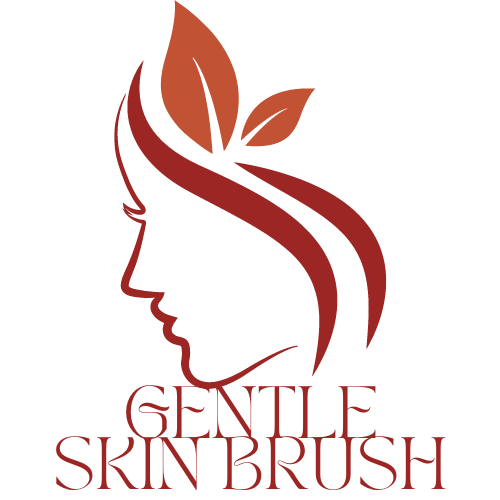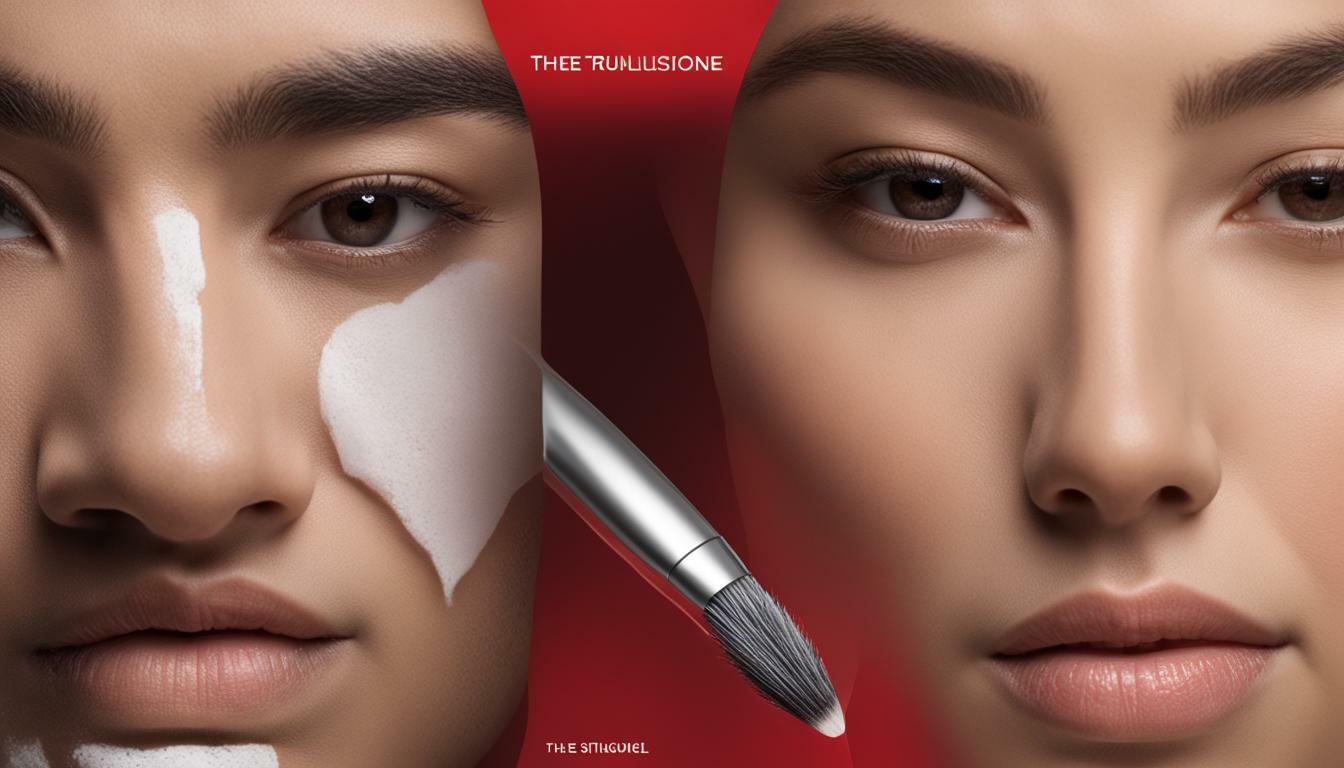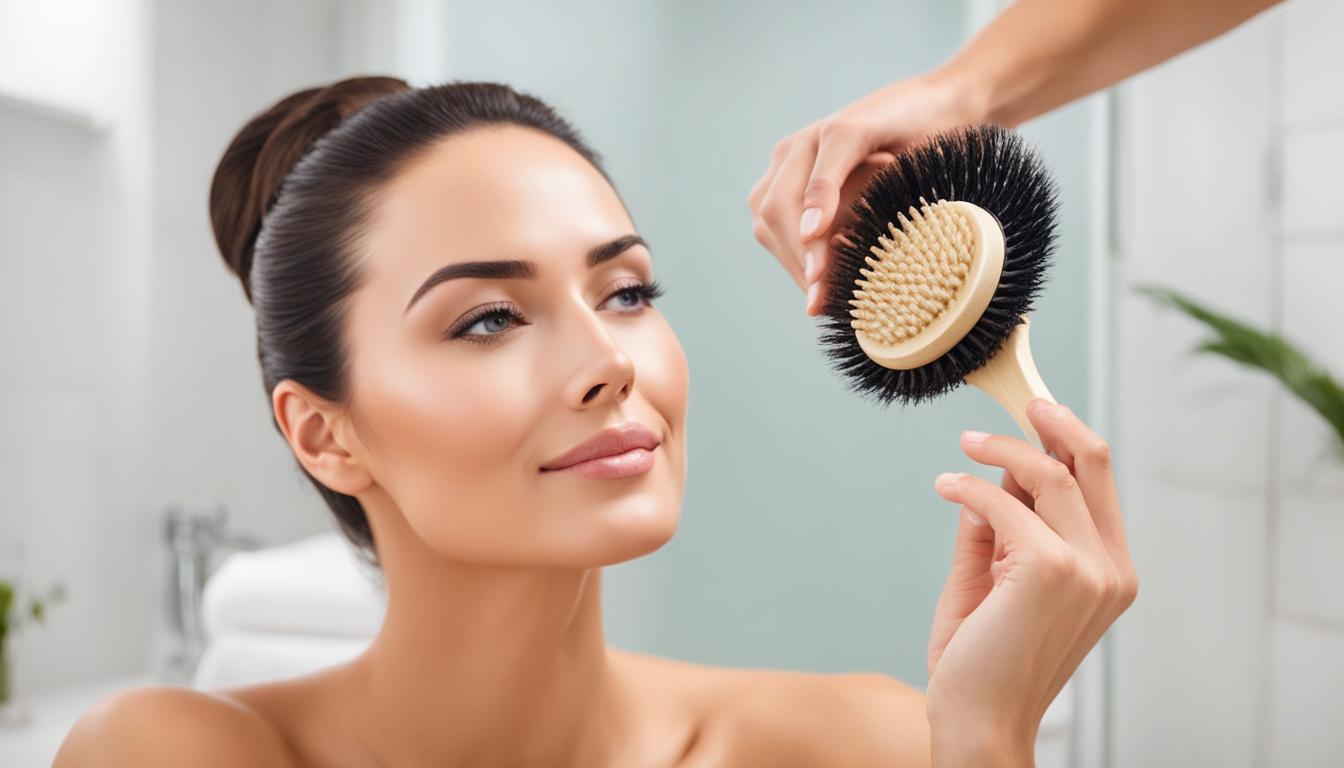Silicone face brushes are a popular skincare tool, but are they actually bad for your skin? Dermatologists have weighed in on this question, and the facts may surprise you. In this section, we will explore the potential negative effects and risks associated with using silicone face brushes, providing you with the information you need to make an informed decision about incorporating them into your skincare routine.
Contents
- 1 The Benefits of Silicone Face Brushes
- 2 Proper Usage and Maintenance
- 3 Considerations for Different Skin Types
- 4 Conclusion
- 5 FAQ
- 5.1 Are silicone face brushes bad for the skin?
- 5.2 What are the benefits of silicone face brushes?
- 5.3 How often should silicone face brushes be used?
- 5.4 Can silicone face brushes be used on sensitive skin?
- 5.5 How should silicone face brushes be cleaned?
- 5.6 Can the same silicone face brush be used for the face and body?
- 5.7 How often should brush heads be replaced?
- 5.8 Can silicone face brushes be used on recently treated or compromised skin?
- 5.9 What cleanser should be used with silicone face brushes?
- 5.10 Can silicone face brushes be used with other exfoliating formulas?
- 5.11 Are silicone face brushes a beneficial skincare tool?
- 6 Source Links
Key Takeaways:
- 1. Silicone face brushes are gentle and effective in exfoliating the skin for a deeper cleanse.
- 2. They have hypoallergenic, odor-resistant, and antibacterial properties.
- 3. Overuse of silicone face brushes can be abrasive and lead to skin infections.
- 4. It is advised to use them several times a week and to properly clean and maintain them to prevent bacteria buildup.
- 5. Individuals with sensitive skin should consult a dermatologist and start with a lower frequency of use.
The Benefits of Silicone Face Brushes
Despite concerns, silicone face brushes offer several benefits for the skin. These brushes have gained popularity as an alternative to cleansing with hands or loofahs due to their gentle yet effective exfoliating properties. The silicone tips of these brushes are designed to grab onto dirt and oil, drawing them out of the pores for a deeper cleanse. This allows active ingredients in skincare products to penetrate better, maximizing their efficacy.
One of the advantages of silicone face brushes is their hypoallergenic nature. They are suitable for all skin types and are less likely to cause irritations or allergies compared to other exfoliating tools. Additionally, silicone is odor-resistant and antibacterial, reducing the risk of bacteria buildup on the brush itself.
Automatic silicone scrubbers with high-speed vibrations are recommended over manual ones for an enhanced exfoliation experience. The vibrations help to further loosen impurities from the skin’s surface, making it easier for the brush to sweep them away. However, it is important to note that excessive use of silicone face brushes can be abrasive and may lead to skin infections. Dermatologists recommend using these brushes several times a week and caution against using them on recently treated or compromised skin.
Proper cleaning and maintenance of silicone face brushes are crucial to prevent the buildup of bacteria and mildew. After each use, it is recommended to rinse the brush thoroughly and allow it to dry in a clean, well-ventilated area. Some silicone face brushes are also dishwasher safe, making them easy to clean. For individuals with sensitive skin, it is advisable to consult a dermatologist before incorporating silicone face brushes into their skincare routine and start with a lower frequency of use.
In summary, silicone face brushes provide a gentle yet effective cleanse for the skin. They are hypoallergenic, odor-resistant, and antibacterial, making them suitable for various skin types. However, it is important to use them with caution, avoiding overuse and following the recommended guidelines for usage and maintenance. By incorporating silicone face brushes into a well-rounded skincare routine, individuals can experience the benefits of a deeper cleanse and improved absorption of active ingredients.
Proper Usage and Maintenance
To ensure the best results and minimize any potential harm, it is crucial to use and maintain silicone face brushes correctly. These brushes provide a gentle yet effective cleanse for your skin, but overuse or improper maintenance can lead to negative consequences and adverse effects.
First and foremost, it is important to use the silicone face brush with caution. While they are designed to exfoliate the skin and remove impurities, excessive scrubbing or harsh pressure can cause irritation and damage. It is recommended to use the brush several times a week for a deep cleanse and avoid using it on recently treated or compromised skin.
Additionally, proper cleaning and maintenance of the silicone face brush are essential. After each use, thoroughly rinse the brush with warm water to remove any residue. It is also recommended to use a gentle soap or cleanser to clean the brush periodically. This helps prevent the buildup of bacteria and mildew, which can lead to skin infections.
For individuals with sensitive skin, it is advisable to consult a dermatologist before incorporating a silicone face brush into their skincare routine. Starting with a lower frequency of use and gradually increasing it can help minimize any potential adverse effects. It is also important to choose the right cleanser that suits your skin type and follow the recommended usage guidelines.
Proper Usage and Maintenance Tips:
- Use silicone face brushes several times a week, avoiding excessive scrubbing or pressure.
- Rinse the brush thoroughly with warm water after each use.
- Clean the brush periodically with a gentle soap or cleanser to prevent bacterial buildup.
- Consult a dermatologist if you have sensitive skin and start with a lower frequency of use.
- Choose a cleanser that suits your skin type and follow the recommended usage guidelines.
By following these proper usage and maintenance tips, you can enjoy the benefits of silicone face brushes while minimizing the potential risks and ensuring healthier, more radiant skin.
| Silicone Face Brush Tips |
|---|
| Use several times a week |
| Avoid excessive scrubbing or pressure |
| Rinse thoroughly with warm water after each use |
| Clean periodically with a gentle soap or cleanser |
| Consult a dermatologist for sensitive skin |
| Choose the right cleanser for your skin type |
| Follow recommended usage guidelines |
Considerations for Different Skin Types
While silicone face brushes can benefit most skin types, it is important to consider the specific needs of your own skin. The negative effects of silicone face brushes may vary depending on your skin type and condition. Here are some key considerations to keep in mind:
Sensitive Skin:
If you have sensitive skin, using a silicone face brush may pose some risks. The bristles of the brush can be abrasive, causing irritation and redness. It is recommended to consult with a dermatologist before incorporating a silicone face brush into your skincare routine. They can provide personalized advice and help determine the appropriate frequency of use to avoid potential harm to your skin.
Oily or Acne-Prone Skin:
Silicone face brushes can be beneficial for those with oily or acne-prone skin. The exfoliating properties of these brushes can help remove excess sebum and unclog pores, reducing the risk of breakouts. However, it is important to use the brush in moderation to avoid overstimulating the skin, which can lead to increased oil production and further acne flare-ups. Regularly cleaning the brush is also crucial to prevent the buildup of bacteria and potential skin infections.
Dry or Mature Skin:
Individuals with dry or mature skin should approach silicone face brushes with caution. The gentle exfoliation provided by these brushes can help remove dead skin cells and enhance the absorption of moisturizers and anti-aging products. However, excessive or aggressive scrubbing can strip the skin of its natural oils, leading to further dryness and irritation. It is recommended to use the brush sparingly and follow up with a hydrating skincare routine to maintain a balanced moisture level.
| Skin Type | Recommendations |
|---|---|
| Sensitive Skin | Consult a dermatologist for personalized advice and start with a lower frequency of use. |
| Oily or Acne-Prone Skin | Use the brush in moderation to prevent overstimulation and regularly clean the brush to avoid bacterial buildup. |
| Dry or Mature Skin | Exercise caution and use the brush sparingly to avoid stripping the skin of natural oils. Follow up with a hydrating skincare routine. |
Remember, these are general guidelines, and it is always best to consult with a skincare professional to determine the most suitable approach for your individual skin type and concerns. By understanding the potential risks and benefits of using silicone face brushes and adapting their usage to your specific needs, you can incorporate them into your skincare routine safely and effectively.
Conclusion
In conclusion, silicone face brushes can be a valuable addition to your skincare routine as long as you use them responsibly and consider your individual skin needs. These brushes have gained popularity for their gentle and effective exfoliation abilities, helping to deep cleanse the skin by grabbing onto dirt and oil to draw them out of the pores. The high-speed vibrations of automatic scrubbers make them particularly recommended by dermatologists.
Silicone face brushes offer additional benefits such as being hypoallergenic, odor-resistant, and antibacterial. However, it is important to exercise caution and avoid overuse, as they can potentially lead to skin abrasions and infections. To get the best results, it is advised to use silicone face brushes several times a week and to properly clean and maintain the brushes to prevent the buildup of bacteria and mildew.
Individuals with sensitive skin should consult a dermatologist before incorporating silicone face brushes into their routine. Starting with a lower frequency of use can help minimize any potential negative effects. It is also crucial to choose the right cleanser and follow the recommended usage guidelines based on your specific skin type.
Overall, when used correctly, silicone face brushes can provide a gentle yet effective cleanse and can be used in conjunction with other exfoliating formulas. Just remember to avoid using these brushes on recently treated or compromised skin and replace the brush heads regularly, ideally every few months. Additionally, it is recommended to use separate brush heads for your face and body to maintain optimal hygiene and skincare results. So go ahead and enjoy the benefits of silicone face brushes, but always proceed with care and consideration for your skin’s unique needs.
FAQ
Are silicone face brushes bad for the skin?
No, silicone face brushes are not bad for the skin. They are actually gentle and effective in exfoliating the skin for a deeper cleanse.
What are the benefits of silicone face brushes?
Silicone face brushes have several benefits. They grab onto dirt and oil, drawing them out of the pores and allowing active ingredients to penetrate better. They are also hypoallergenic, odor-resistant, and antibacterial.
How often should silicone face brushes be used?
Silicone face brushes should be used several times a week. However, caution should be exercised to avoid overuse, as it can be abrasive and lead to skin infections.
Can silicone face brushes be used on sensitive skin?
Individuals with sensitive skin should consult a dermatologist before using silicone face brushes. It is recommended to start with a lower frequency of use and monitor any adverse reactions.
How should silicone face brushes be cleaned?
Proper cleaning and maintenance of silicone face brushes are necessary to prevent the buildup of bacteria and mildew. They should be washed regularly with a gentle cleanser and air-dried after each use.
Can the same silicone face brush be used for the face and body?
It is recommended to avoid using the same silicone face brush for the face and body. Different brushes serve different purposes, and using a separate brush for each area can prevent cross-contamination.
How often should brush heads be replaced?
Brush heads should be replaced every few months to maintain their effectiveness and hygiene.
Can silicone face brushes be used on recently treated or compromised skin?
No, silicone face brushes should not be used on recently treated or compromised skin. It is important to follow the recommended usage guidelines based on the condition of your skin.
What cleanser should be used with silicone face brushes?
It is important to choose the right cleanser for your skin type when using silicone face brushes. Consult with a dermatologist to determine the best cleanser for your specific needs.
Can silicone face brushes be used with other exfoliating formulas?
Yes, silicone face brushes can be used alongside other exfoliating formulas to enhance their effectiveness. However, it is important to follow the instructions provided by the exfoliating product and not to over-exfoliate the skin.
Are silicone face brushes a beneficial skincare tool?
Yes, when used correctly, silicone face brushes can provide a gentle yet effective cleanse. They are a beneficial tool for improving the overall condition of the skin.





Leave a Reply